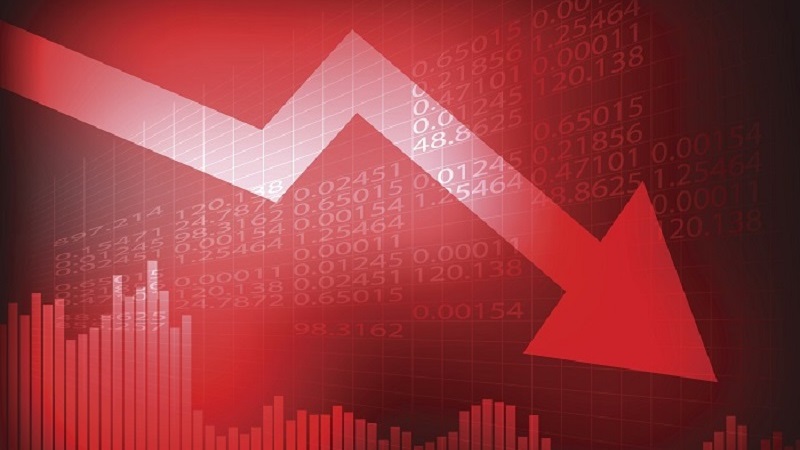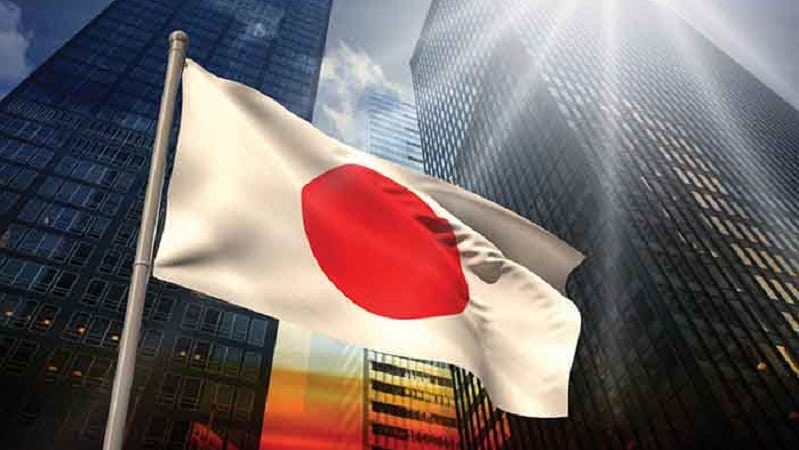China’s rate of economic growth is deteriorating rapidly (it is currently estimated at 1.5% per annum which compares to an average of around 10% per annum over the last decade). When your economy is flagging, it doesn’t help if a Japanese business like Fast Retailing closes 42 of its Uniqlo outlets due to Chinese protestors ransacking stores. Nissan, the largest Japanese car maker in China, stopped production at two factories, whilst Panasonic and Toyota premises suffered fire damage.
We are not presently invested directly in Japan or China, which is moderately comforting. But of the two, Japan can least afford a dispute with a country which last year imported over $190 billion of Japanese goods.
Frictions with China, although important, pale into insignificance when compared to Japan’s longer-term malaise which is a population that is ageing and shrinking. The chart below shows Japan’s total population from 1950 to date and projects numbers through to 2100.

Between 1950 and 2010 the population rose from 82.20 million to 126.54 million (a growth of 54%). But by 2100 the population is forecast to be just 91.33 – a decline of 28% from current levels. This is one of the reasons why the notional value of the Japanese economy is lower than it was in 1992 and it will play havoc with the economy long into the future for the following reasons:
1. A declining population depresses demand. This is a disincentive for domestic companies to invest and is one of the reasons that Japanese businesses have been running significant cash surpluses.
2. Because the population is declining the dependency level (the number of people retired to those working) will rise. This makes workers nervous about their future welfare and increases the amount that they save. This also reduces demand.
3. Public finances are placed under immense strain because an ageing population increases the amount spent on welfare and social security programmes. These already amount to Yen 36 trillion (29% of Japanese government expenditure) – the figure is expected to rise to Yen 50 trillion by 2025.
4. Because demand is constrained, supply grows at a slower rate which diminishes investment opportunities. The biggest demand for capital is from the Japanese government itself which runs a deficit of 8.5% of GDP and has net total borrowings of 120% of GDP, the largest in the developed world.
The level of net borrowing by the Japanese government often shocks people. Other countries that run deficits in excess of 120% of GDP generally pay a huge price for money. To borrow for 10 years the Greek government would currently have to pay over 20% per annum (it cannot afford this) the Japanese government pays just 0.812% per annum. Why? The reason is that most of Japan’s deficit is funded internally by Japanese consumers and businesses.
While the Greeks borrowed from the rest of the world, the Japanese borrowed from each other, and whilst domestic demand for Japanese government bonds (JGBs) remains at current levels there is little chance of a collapse in confidence. Nevertheless, we don’t like Japan.
The surplus of capital chasing just a few credible business opportunities provides limited opportunity for overseas investors. Two decades of deflation and woeful economic performance are unlikely to change any time soon, and if they do not, the fundamentals are stacked against investors.
If the people of Japan prefer JGBs to Japanese equities, who are we to say they are wrong? I suspect we will not be reinvesting in Japan for quite a while.











